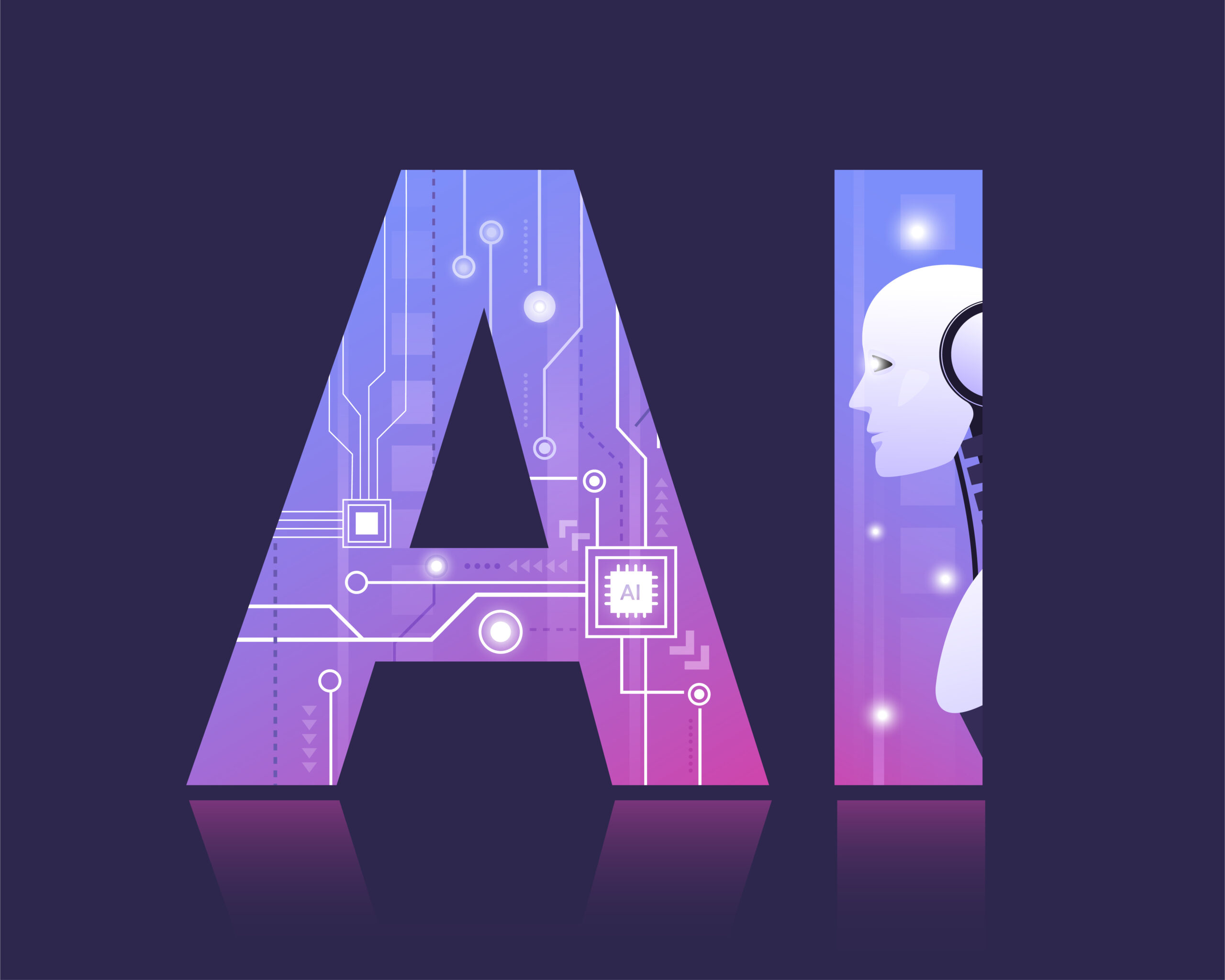The new AI, Claude 3, is making waves. What makes it so special? Our analysis dives into its features, the tech behind it, and its potential to transform fields like research & business. But Claude 3 isn’t without limitations. Discover its strengths & weaknesses to understand its impact on the future.
Claude 3, the brainchild of Anthropic AI, has taken the AI world by storm. It promises to be a game-changer, boasting various features and capabilities that set it apart from its predecessors and competitors. Let’s delve deeper into its multifaceted nature.
Features:
- Family Approach: Unlike singular models, Claude 3 has three flavours: Opus, Sonnet, and Haiku. Opus is the powerhouse, tackling complex tasks, while Sonnet offers a balance of power and affordability, and Haiku prioritizes speed for simple queries. This caters to diverse user needs.
- Enhanced Vision: Claude 3 boasts strong vision capabilities, unlike its text-focused predecessors. It can interpret photos, charts, and diagrams, making it valuable for tasks relying on visual data.
- Focus on Safety and Security: Anthropic emphasizes Claude 3’s training for safe and accurate responses, aiming to mitigate bias and misleading information often seen in AI models.
Technology:
- Building on Success: Claude 3 leverages advancements from previous Claude versions. It’s trained on a massive dataset of text and code, incorporating reinforcement learning and human feedback to refine its response generation.
- Focus on Efficiency: Claude 3’s architecture is optimized for efficiency, particularly Sonnet, which offers strong performance at a lower cost, making large-scale deployments more accessible.
Significance:
- Pushing the Boundaries: Claude 3’s capabilities, especially in vision processing, represent a significant step forward in AI’s ability to interact with the world more comprehensively.
- Ethical Considerations: Anthropic’s focus on safety and security sets a positive precedent for responsible AI development, encouraging other companies to prioritize ethical considerations.
Uses:
- Widespread Applications: Claude 3 has applications across various fields. It can be used for tasks like research analysis (understanding complex documents), creative writing (generating ideas and content), and software development (understanding code and generating documentation).
- Boosting Productivity: Claude 3’s ability to automate tasks and generate creative content can significantly enhance human productivity across various industries.
Limitations:
- Explainability and Bias: Claude 3 might struggle with explaining its reasoning like many AI models and could still harbour hidden biases. Constant monitoring and improvement are crucial.
- Accessibility and Cost: While Sonnet offers affordability, Opus, the most powerful version, might be expensive for some users. More cost-effective solutions are needed for wider adoption.
Conclusion
Claude 3 represents a significant leap forward in AI technology. Its diverse features, focus on safety, and potential applications across industries are noteworthy. However, acknowledging limitations like explainability and accessibility is crucial for responsible development and ensuring AI benefits everyone. As research progresses and Claude 3 evolves, we can expect even more groundbreaking advancements that shape the future of technology.

